Not a Travelogue, Only a Mission Statement
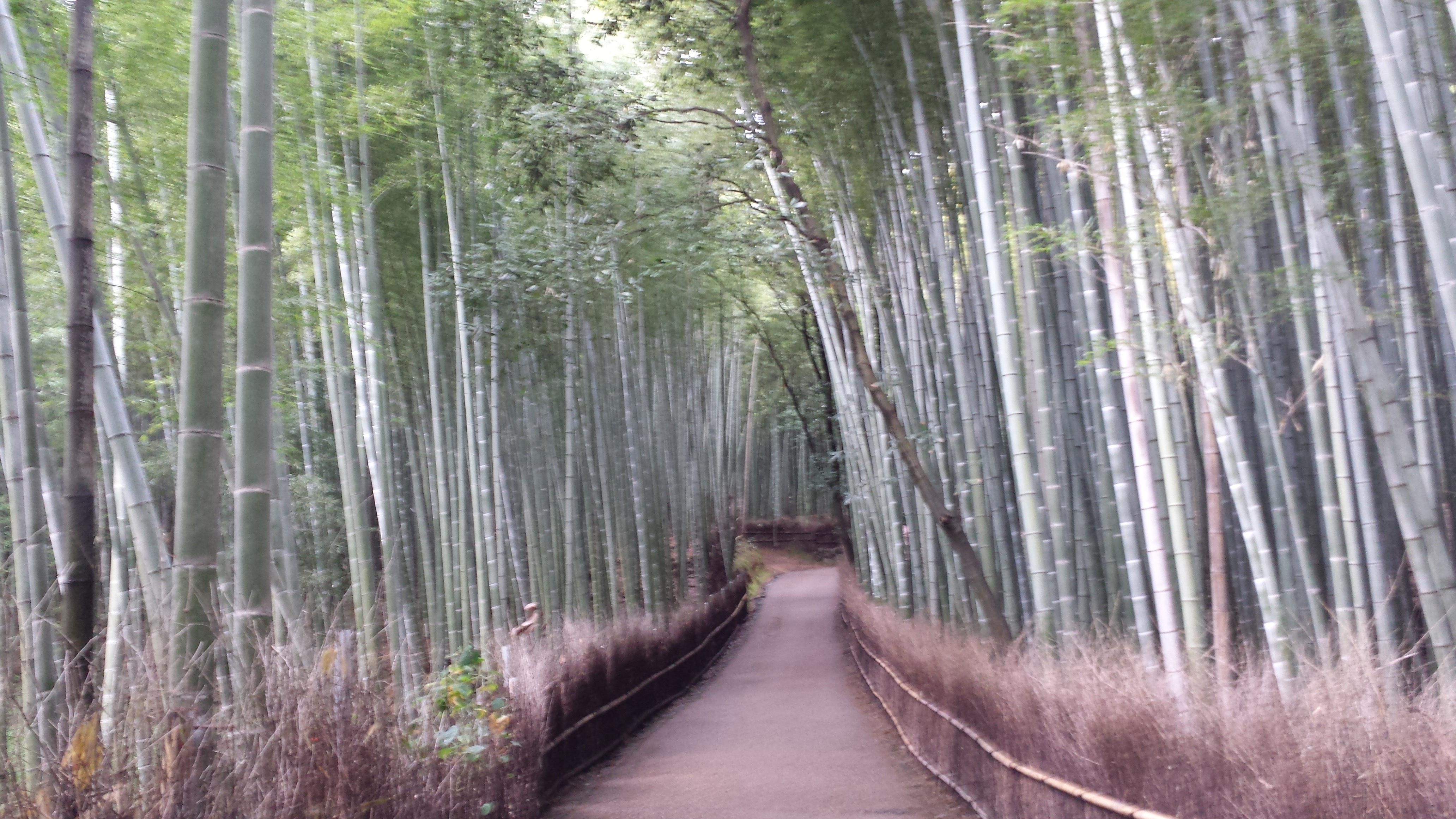
Image: The bamboo grove in Arashiyama, near Kyoto
I woke up a little past midnight this morning. Since arriving from Japan a few days ago, the time difference hasn’t been kind on my working habits. I’ve woken up at 3 or 4 AM, read blogs and written, and showered before dawn has even started.
I’ve thought about how to write a post-trip update. I don’t care for travelogues; my friends write them often after their own vacations, but it’s too dry a format for me. I prefer impressions, but too much happened in two weeks to summarize nicely.
I’ve had some frustrations since my return. Besides my flip-flopped sleeping habits, the weather here is much warmer and more humid, the land flatter, the buildings shorter, the people inhospitable impolite. Getting around is comparatively more difficult. On the other hand, understanding what everyone says, and being able to read every street sign or piece of literature, is some compensation.
No, I won’t be writing a 4,000-word travelogue, or a week-long series of essays about things I learned on the trip (although I considered that!). Instead, here’s one thing I decided, with what I encountered or learned that led me to this.
A Mission Statement
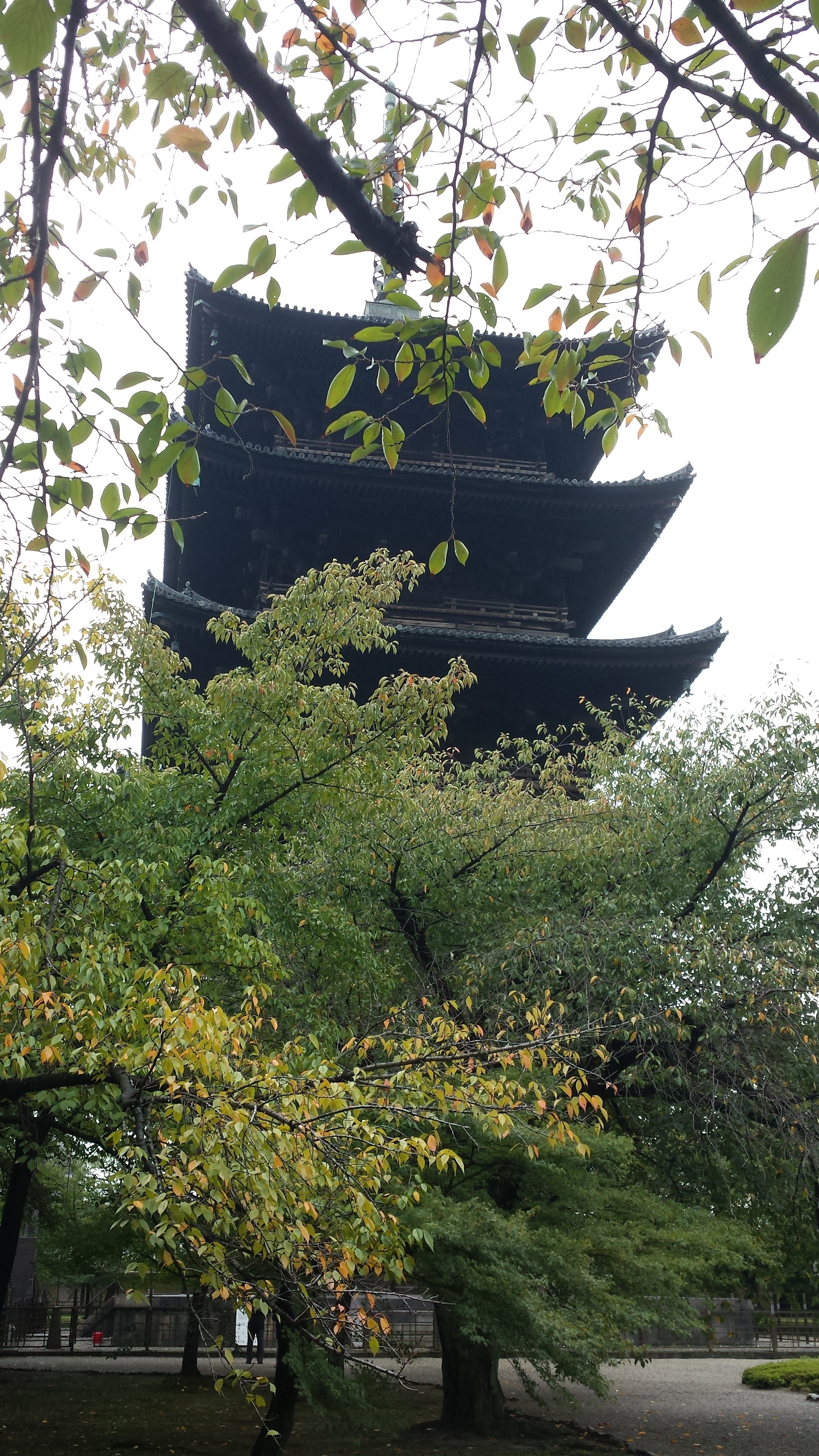
Everyone has one, whether conscious or not. Most of the time, it’s formed from a myriad collection of experiences and lessons, like a hairball that is coughed up. Fewer write one deliberately. That’s what I’ve done:
My goal is to craft accessible, moving stories, using the fantastic and strange to illuminate the human heart. I will not seek attention nor acceptance when it is not due, nor will I pursue marketability at a substantial cost to the story. I will only tell stories that speak to my heart of hearts. I will understand that the story I tell and the story I want to tell may not be the same.
I’ll take this apart sentence-by-sentence.
My goal is to craft accessible, moving stories, using the fantastic and strange to illuminate the human heart.
I’m tired of cross-genre stories filled with in-jokes, or stories that can only be understood by other writers, or stories that comment on the industry as a whole. There’s a place for niche, inside baseball storytelling, but it’s not for me. (Yes, I say this as one of the writers for The Daily WTF, which is quite “inside baseball” for the tech industry. I try to write for a broader audience anyway.)
I also feel there’s no reason to exclude any potential audience. If an adult novel could be told as YA, why not? Or if a YA novel could be middle grade, why not? I’m already limiting my audience by writing genre fiction. Why narrow it further?
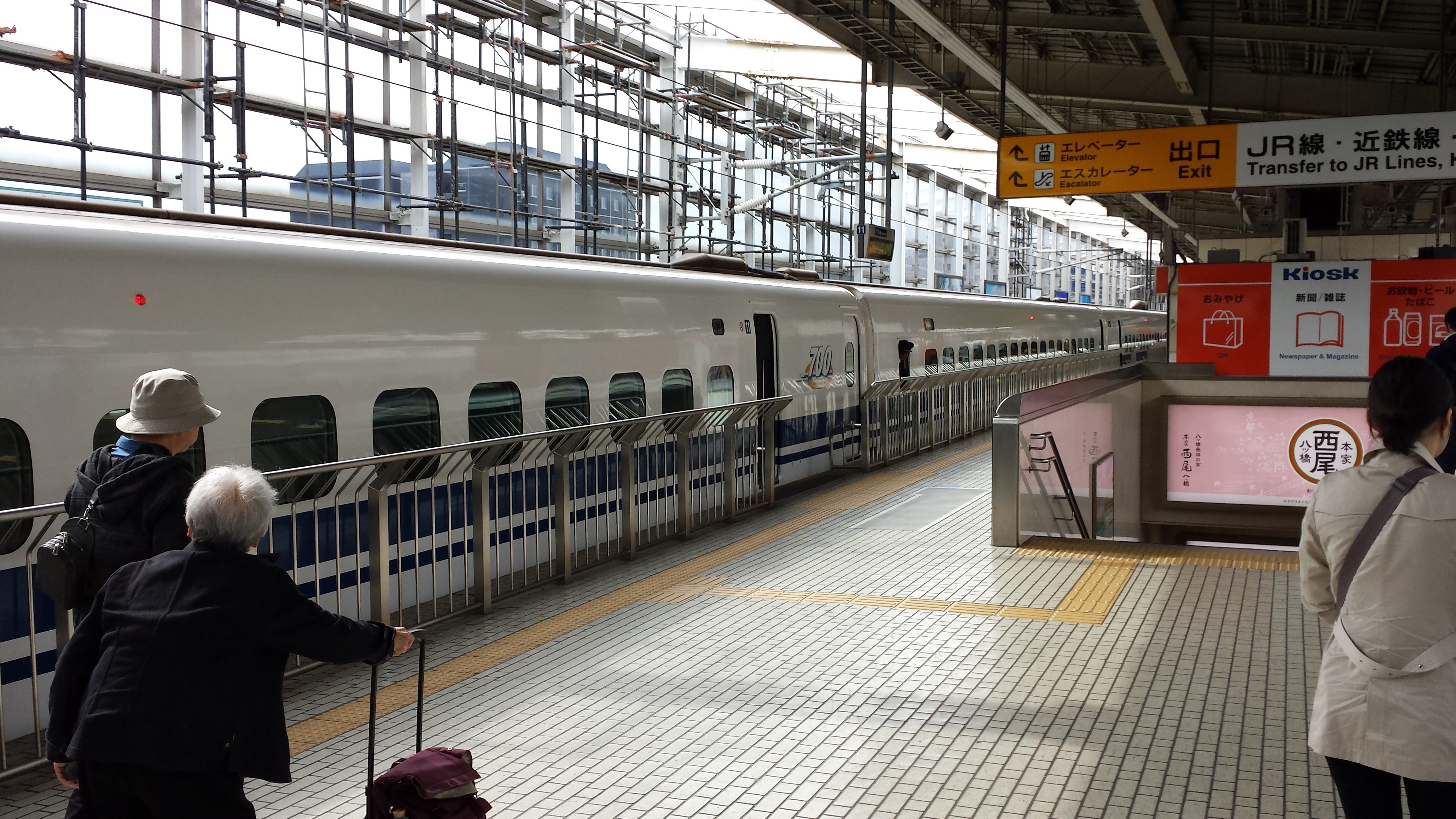
This was inspired, of all people, by Jim Henson. I read the recent biography of Henson by Brian Jay Jones while riding the Shinkansen from Tokyo to Kyoto early in my trip. Henson didn’t want to be a puppeteer at the beginning of his career, but when he understood the audience he could reach through puppetry and television – including a sizable children’s viewership – he came to embrace the role. Yet Henson’s aim was always high: to entertain not only the children watching his programs, but the adults as well. It worked.
I will not seek attention nor acceptance when it is not due, nor will I pursue marketability at a substantial cost to the story. I will only tell stories that speak to my heart of hearts.
I’ve written some stories that I regret. It wasn’t because they were bad, per se (not any worse than other stories I wrote around the same time), but because I was trying to pursue some hot trend in genre stories at the time.
I’ve also sold stories to markets which I should not have, for terms which I should have rejected.
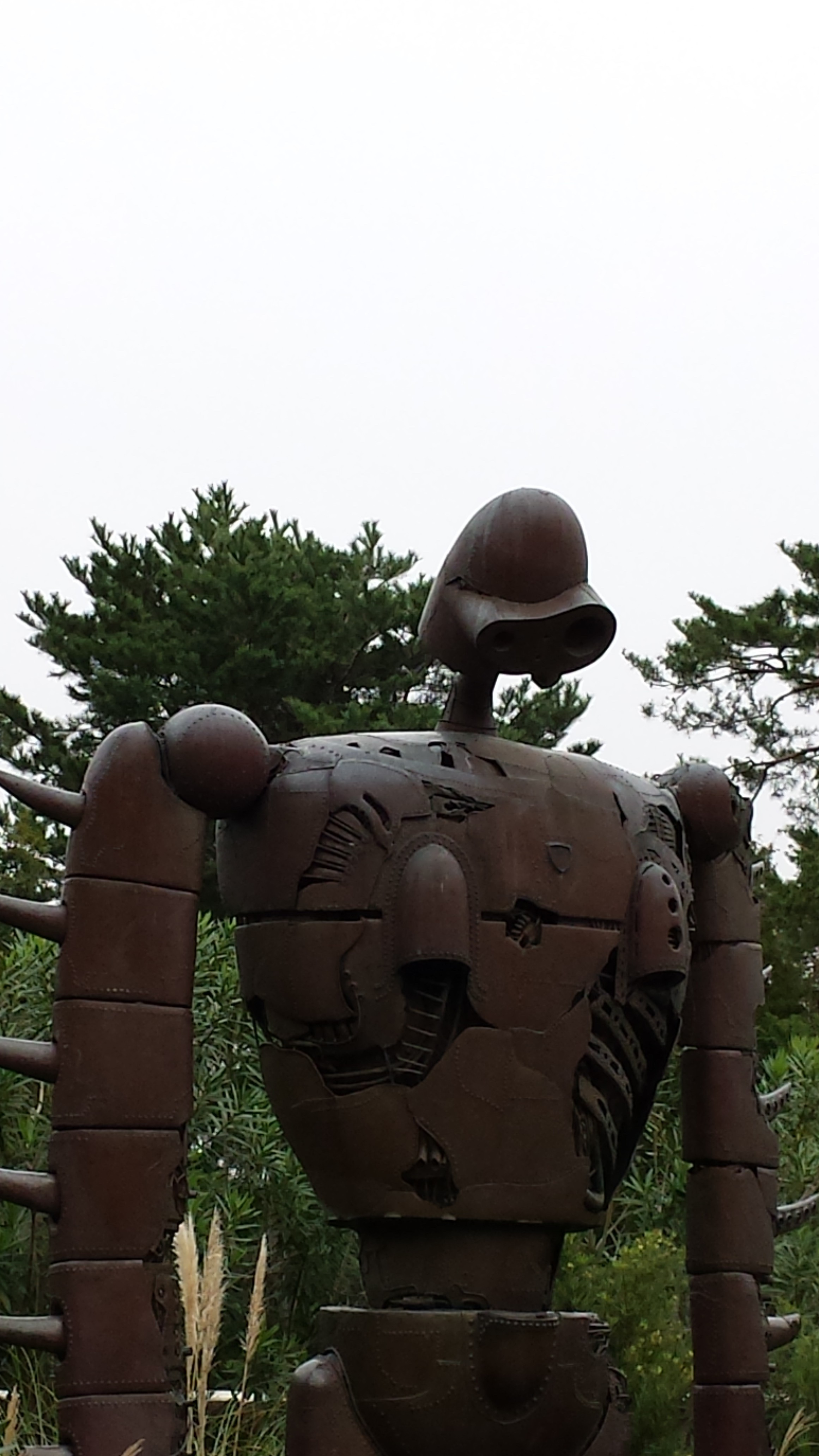
One of my favorite quotes is by Hayao Miyazaki: “To broaden your audience, you must betray their expectations.” I had the privilege of visiting the Ghibli Museum in Mitaka, where his work is on display (and where I spent about $150 on souvenirs!) After, I spent a great deal of time in Akihabara, the electronics and anime mecca in Tokyo. There, seeing some of the Ghibli merchandise sandwiched between bosom figurines and Gundam models, I realized something.
Miyazaki bucked industry trends, but he still became popular.
I think it’s because, besides his great skill at animation as well as being a gifted storyteller, Miyazaki offered something different to his audience. When Nausicaa of the Valley of the Wind debuted in 1984, it was competing with series like Urusei Yatsura and Macross (both good in their own right). It offered many things that other films and shows at the time were lacking, and it had a very distinctive look – Miyazaki’s voice, if you will – that evolved over his career.
I will understand that the story I tell and the story I want to tell may not be the same.
I need to understand my limits.

At Daisen-in, in the Daitoku-ji temple complex in Kyoto, there’s a winding rock garden that surrounds the abbot’s quarters and tea house. Using found elements from around Kyoto, it tells the story of the path of the soul from ignorance to salvation. Each element was chosen with care, such as the dimpled rock that shapes the “Buddha’s Footprint” or the stone that looks like a sleeping cow.
Every story is told imperfectly. What is left out of a story is an art form itself, but even what’s left isn’t adequate to the task. I mean, that stone that looks like a sleeping cow? It only does if you squint a little and turn your head. The zen monks had to work with limited tools.
What Now?

I want to be more careful about what I write, where I send it, and how I behave in a professional context.
My two big projects – A Buried Stone Gate, and a kind of book proposal … thingy – those I’ll finish. I’ll keep looking for a home for The Red Flood as well as Those Who Favor Fire (assuming it came make its way out of slush pile limbo). I also need to edit “Mold,” a Stephen King-esque horror short I wrote a year ago. I like all of these stories, and they fit my goals of writing accessible, moving fiction.
Everything else? If I don’t love it, I’m going to toss it.
If the right markets won’t accept my stories, I won’t go sending them to the wrong markets. Better to hope for the right future home than a present home that doesn’t care for the story or doesn’t pay the writer for his work.
I don’t need to go looking for validation. I’ve come to understand that I’ll never be anyone’s favorite writer – not for another forty years, at the very least – and that I should just write whatever the hell I want (according to my mission statement, of course.) I may want author cookies desperately, but I don’t really need them. I have the freedom of obscurity for a while, and I should use it!
One More Thing
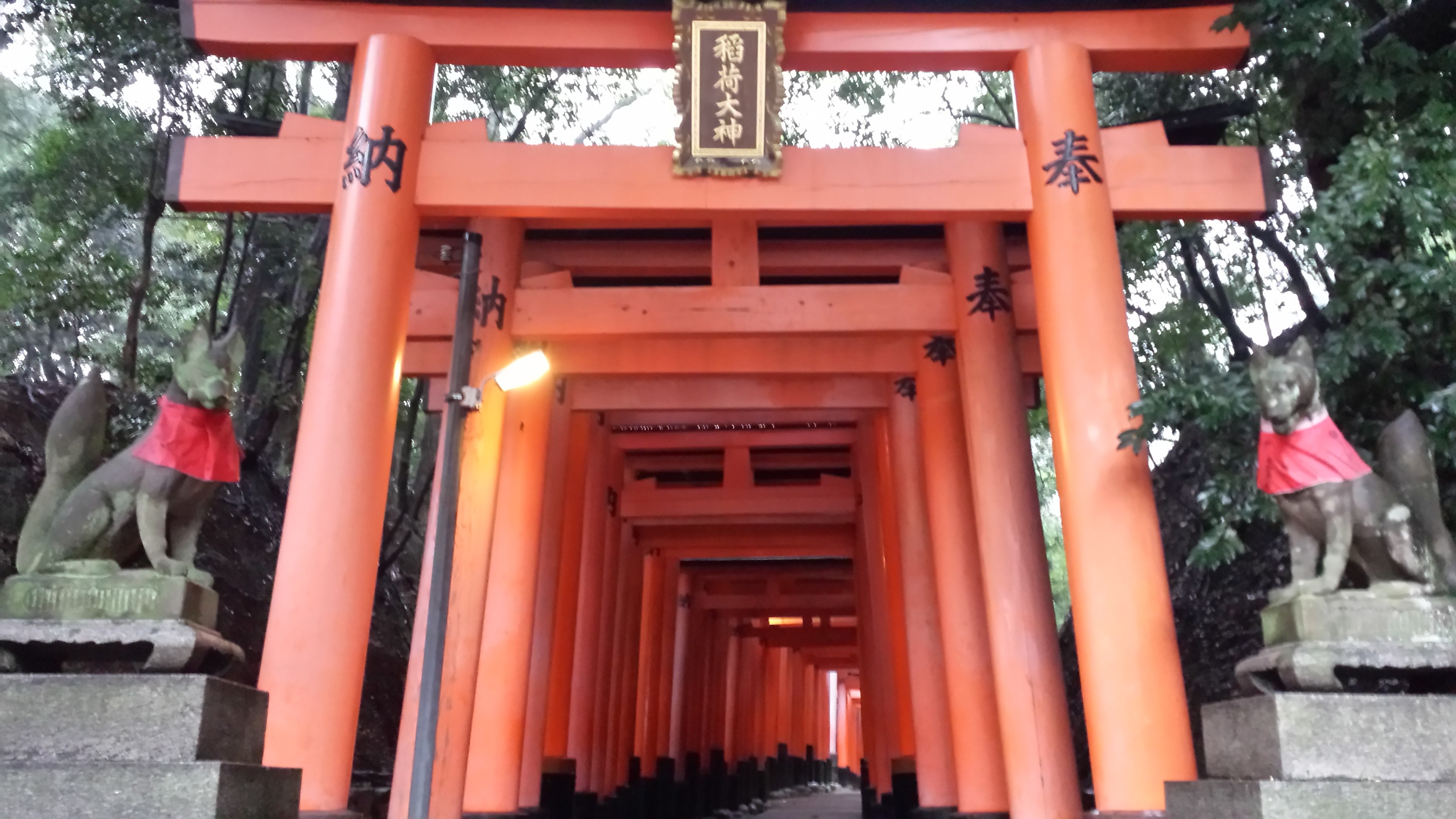
I didn’t make it to the top of Fushimi Inari-taika, which I regret. It was overcast, and I had just walked nearly two miles to get to the shrine, so I decided halfway up was good enough. It was my biggest disappointment with the trip (besides eating at the Gundam Cafe).
I intend to finish one day.